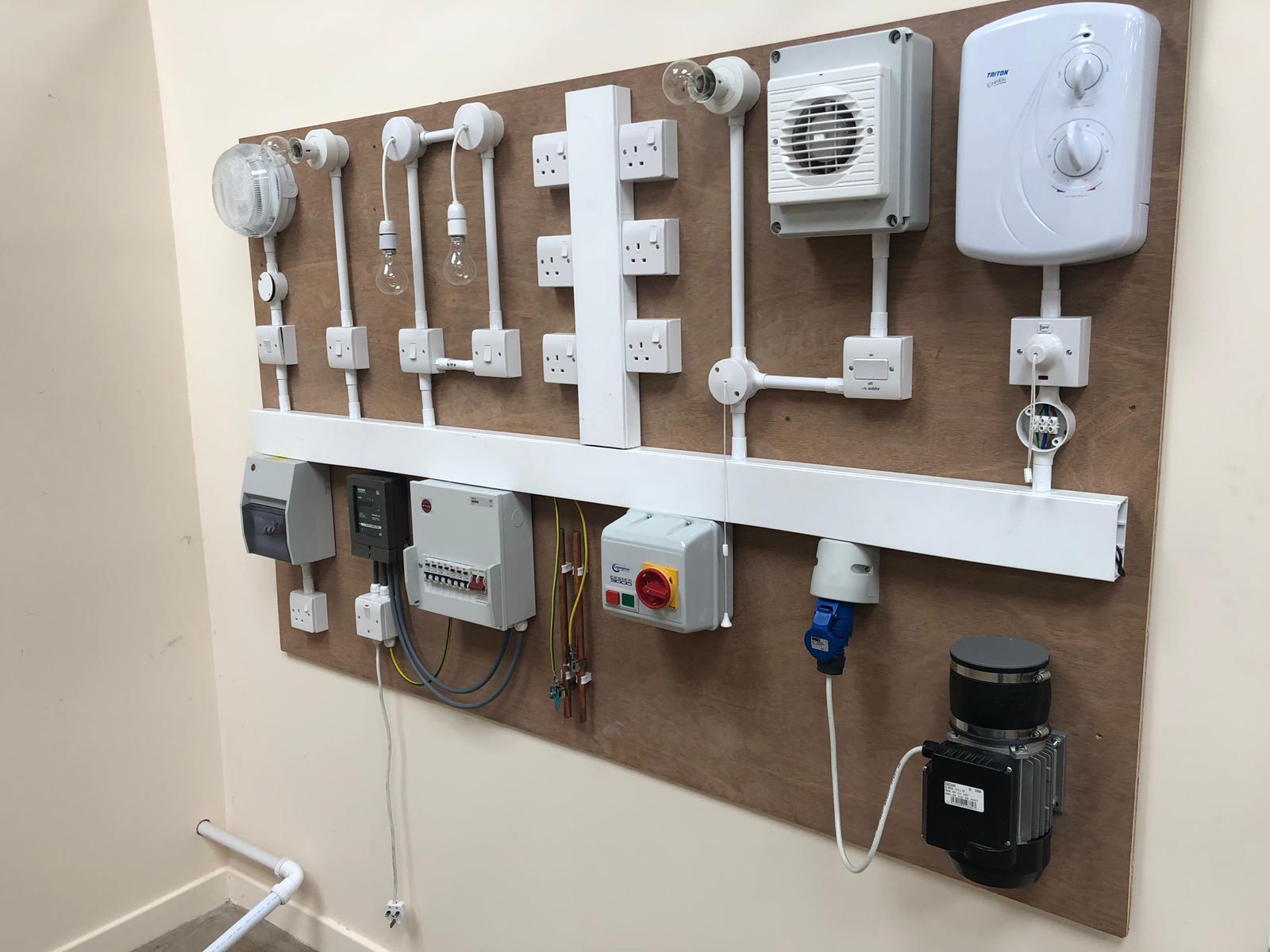Advanced BRE Automation Australia: Transforming Your Automation Requirements
Advanced BRE Automation Australia: Transforming Your Automation Requirements
Blog Article
The Ultimate Overview to Electric Installation: Tips and Techniques for a Safe and Effective Home Circuitry System
In the realm of home upkeep, couple of aspects are as critical yet frequently neglected as the electrical wiring system. By exploring the nuances of electric security steps and energy-saving techniques, this extensive overview will shed light on the complexities of home wiring, empowering individuals to take cost of their house's electric facilities.
Understanding Electric Security Steps
To make certain the safety of both people and property, understanding and applying appropriate electric safety steps is vital in any home wiring project. It is critical to conduct a complete evaluation of the electrical system before starting any kind of wiring job to identify prospective dangers or concerns that need to be resolved.
Additionally, using the suitable devices and equipment is essential for preserving security throughout electric installments. Shielded handwear covers, voltage testers, and safety eyeglasses are several of the basic safety and security gear that must be put on to avoid electrical shocks or mishaps. It is also crucial to de-energize circuits prior to servicing them and to classify all circuits and breakers plainly to avoid confusion.

Necessary Devices for Home Circuitry
Making sure the correct implementation of electric security measures in home wiring jobs involves using a specific set of essential devices made to assist in the installation procedure properly and safely. Some of the key tools required for home electrical wiring jobs include a voltage tester for examining real-time cords, cord strippers for getting rid of insulation from cords, a cord cutter for specifically cutting cables to length, a screwdriver set for securing electric parts, electrical tape for insulation and safeguarding connections, a cable television ripper for stripping cable sheathing, and a multimeter for measuring voltage, present, and resistance.
Step-by-Step Electric Setup Guide
Beginning an electric installment job needs thorough preparation and adherence to security guidelines. Prior to beginning any type of job, ensure you have a comprehensive strategy outlining the layout of the electric system, consisting of the placement of outlets, switches, and fixtures. Take into consideration the power demands of each device to establish the resource proper wire gauge and circuit breaker dimensions.
The initial step in the installation procedure is to shut off the power supply to the area where you will certainly be working. Use a voltage tester to validate that the circuits are de-energized before touching any kind of cables. Next, meticulously eliminate existing components or electrical outlets and disconnect the cables.
When installing brand-new wiring, run cords via walls and ceilings, securing them in position with appropriate fittings. Comply with neighborhood building regulations and producer guidelines for proper wire setup and links. BRE Electrical. See to it to label wires for easy recognition and future maintenance

Troubleshooting Common Circuitry Issues
Having finished the continue reading this installment process as detailed in the previous subtopic, repairing usual circuitry concerns is a necessary ability for making sure the safety and performance of your electric system. To resolve this, check and tighten up all wire connections in the impacted components and buttons and redistribute the tons on the circuit to stabilize the electric demand. Frequently evaluating and promptly addressing these common electrical wiring concerns will certainly keep the safety and efficiency of your home electric system.
Tips for Energy-saving Electric Systems
For optimal energy efficiency in electrical systems, applying clever practices and utilizing energy-saving technologies is paramount. One vital tip for accomplishing an energy-efficient electric system is to upgrade to LED lighting. LED bulbs consume considerably less power than typical incandescent light bulbs and have a longer life-span, making them a cost-efficient option in the future. Furthermore, setting up programmable thermostats can help regulate heating and cooling down systems, decreasing energy waste when no person is home. An additional method is to purchase energy-efficient devices that are ENERGY celebrity licensed, ensuring they meet high criteria for energy efficiency. Proper insulation and securing of windows, doors, and electric outlets can additionally protect against power loss, inevitably reducing the work on electric systems. Take into consideration integrating renewable energy sources like solar panels to more reduction reliance on typical power grids. By incorporating these energy-efficient pointers and technologies, house owners can not only conserve money on their electrical energy bills yet also lower their environmental influence.
Conclusion
Finally, applying proper precaution, making use of BRE Electrical Melbourne important tools, adhering to a detailed installation guide, troubleshooting typical concerns, and incorporating energy-efficient tips are vital for a secure and reliable home electrical wiring system. By adhering to these methods, house owners can ensure the long life and functionality of their electric setups. It is essential to prioritize security and performance when it pertains to electric job in order to avoid possible threats and to keep a dependable electric system in the home.
Report this page